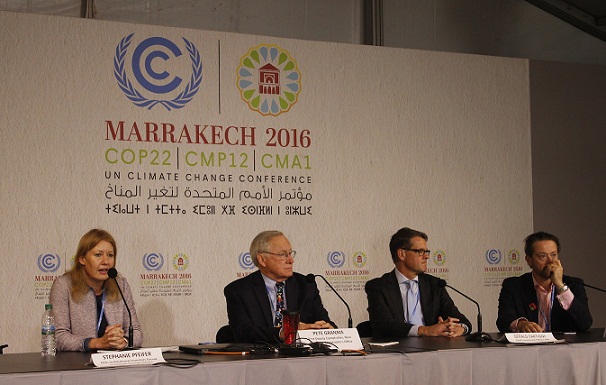
From Saidul Khan
MARRAKECH,NOV 11: Much of the talk at the Conference of Parties (COP22) United Nation Framework Convention on Climate Change (UNFCC) at Morocco revolved on cutting climate changing emissions.
Most discussions are centered on finding ways to make things happen. It includes renewable energy, wind energy and regeneration of forest cover. The talks are on for reduction of carbon emission and actions that would facilitate in sync to the Paris Agreement.
Experts at Marrakech addressing different concern points that the global temperature rise – even if all the promises are made under the Paris Agreement will hit 2.8 degree celsius.
Negotiators and campaigners are talking about intensifying climate impacts and make efforts to figure out how to put together the policies and money to help people adapt to climate change.
Experts at COP for the first time are strongly rooting for global goal adaptation and considering on how it would be linked to climate mitigation and Nationally Determined Contributors (NDCs).
ActionAid Climate policy lead Harjeet Singh said that last year in Paris, negotiators agreed to boost efforts on enhancing adaptive capacity, strengthening resilience and reducing vulnerability to climate change, with a view to contributing to sustainable development and ensuring an adequate adaptive response in the context of global temperature rise.
Singh said that climate adaptation encompasses different parameters from building higher flood protection walls and adopting more drought-resistant crops to creating early warning systems, setting up rainwater harvesting, and training people in new ways of earning money.
Experts say that the problem in getting adaptation efforts rolled out is that there’s not nearly enough money to go around.
The U.N. Environment Programme has estimated that the costs of adaptation globally could reach 250 billion dollar to 500 billion dollar a year by 2050 – but so far the amount of international donor funding going to adaptation each year is just 10 billion dollar.
The promise is to double that by 2020. Experts at COP22 are looking for private companies to make up the shortfall by making investment in renewable energy.
“On adaptation we need public financing, because markets and businesses and industry don’t see any business sense to invest in adaptation” beyond the needs of their own companies”, said Singh.
Experts also say that negotiators need to quickly flesh out the new Global Goal on Adaptation enshrined in the Paris Agreement. That should include linking the amount of money earmarked for adaptation to the level of expected emissions cuts, so that more warming would mean more cash to deal with it.
Teresa Anderson, a resilience policy officer at ActionAid, said droughts around the world linked to the 2015-2016 El Niño weather pattern highlight why action on adaptation to climate extremes is so urgent.
“This has shown incredibly starkly the need for investment in resilience,” she said. “Countries are pleading for support in adaptation. How are they supposed to cope with crises like this without it?”



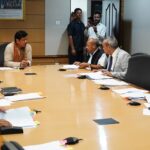
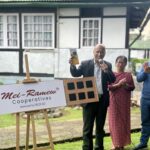





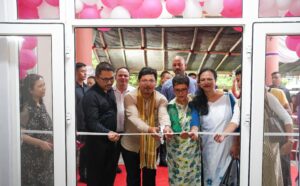
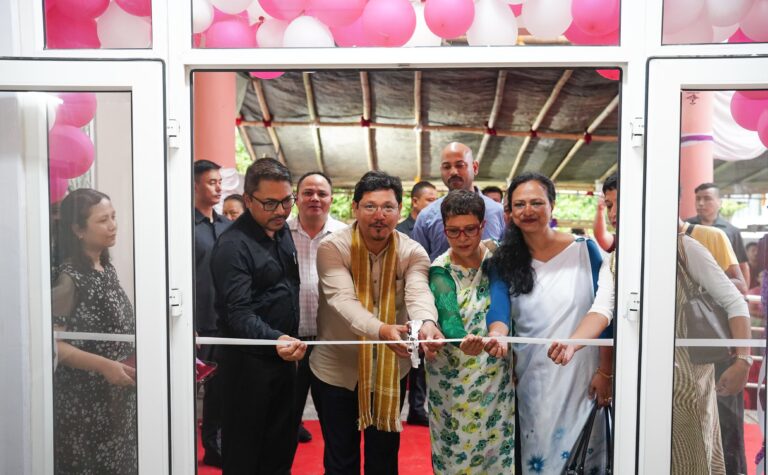
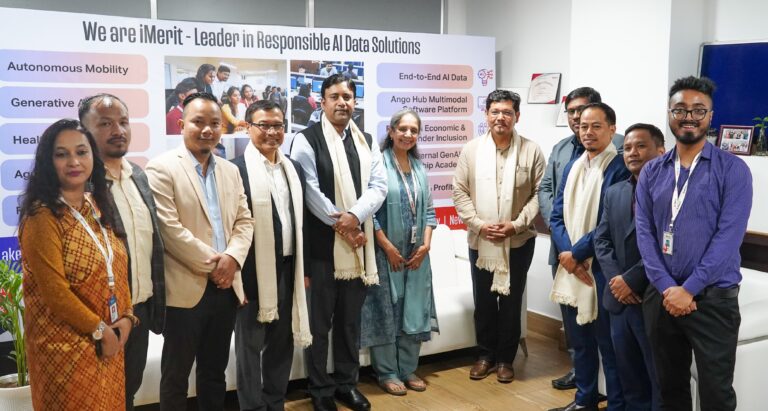
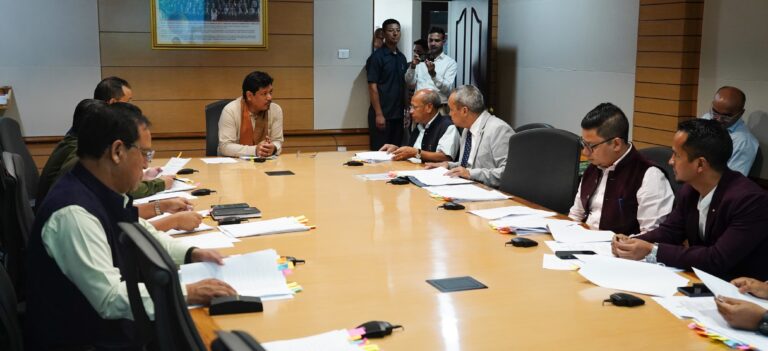


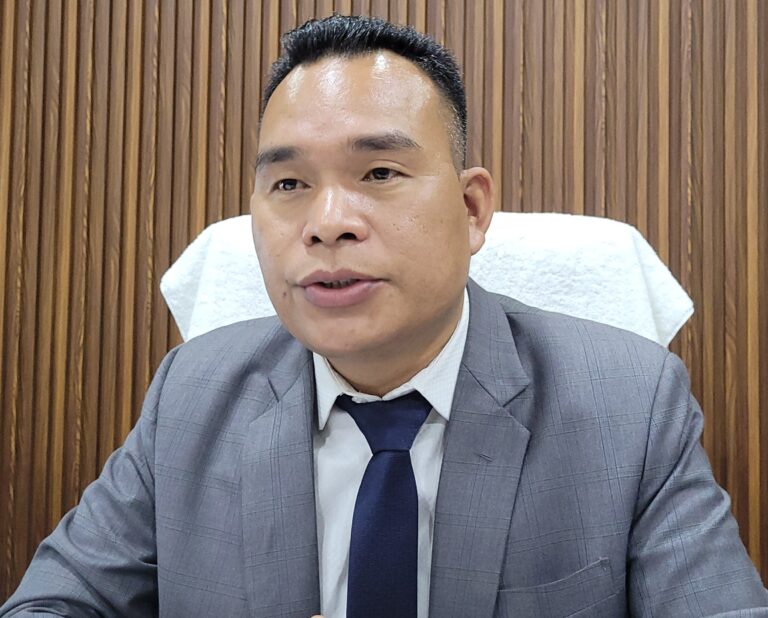

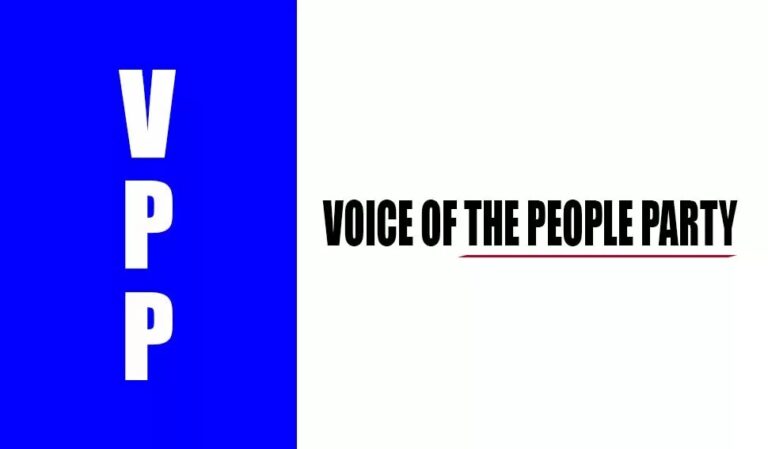

+ There are no comments
Add yours